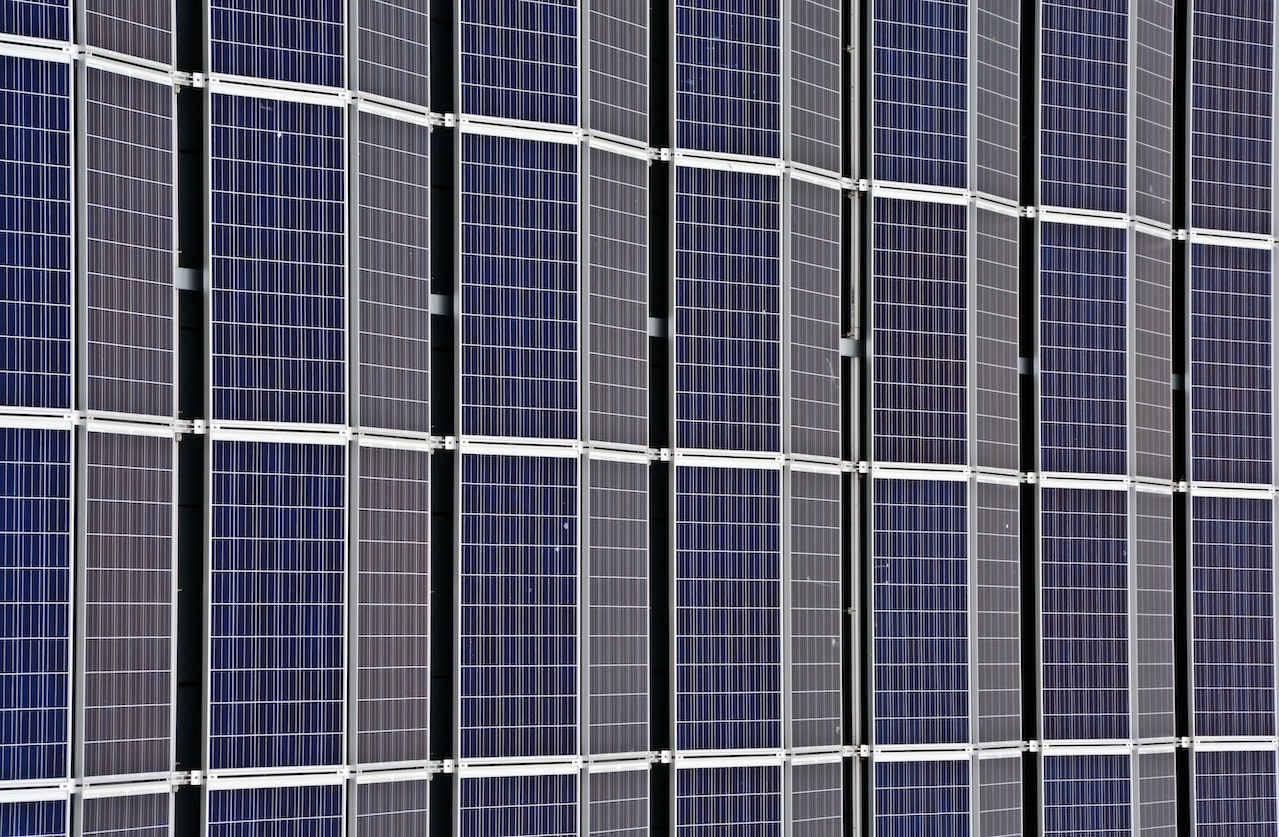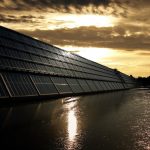Surety Bond Professionals is a family owned and operated bonding agency with over 30 years of experience. With access to a broad range of surety markets, our expert agents are ready to assist with all of your solar bonding needs.
Why Invest in Renewable Energy Generation?
Companies around the world are strategizing to determine how they can reduce their carbon footprint and aid in the transition to a zero-carbon future. Reducing their dependence on energy from fossil fuels invariably plays a big part in their planning. Smaller businesses can move toward their energy goals by investing in community solar projects by buying or leasing a few panels and benefiting from selling their excess electricity output. Larger businesses may be in a position to install their own solar systems on company property.
Companies that can bear the upfront cost of installing a solar energy system and generate their own electricity can reduce or even eliminate their need to acquire energy from the grid. They also may be able to gain another revenue stream by exporting their excess power to the grid, for a price.
What’s Involved in Installing a Solar System?
The seeds of success must be planted from the very outset when establishing a solar energy system. Let’s illustrate that by looking at the steps a business typically goes through when setting up its own solar generating system on company property.
We’ll assume that the business has done some research and determined that a solar system sized to fit on the roof of the company’s headquarters building would produce more than enough electricity to meet the building’s energy demand. Without a big monthly bill from the local power company, and the additional income from exporting excess output to the grid, the tax advantages for renewable energy development, plus the salvage value of the components and materials when the system eventually is decommissioned, the board of directors found the plan to be financially sound. And thus began the search for the right developer.
Choose a Developer
Choosing the right developer to design and install the solar generating system is crucial to achieving the expected outcomes. The top candidates should visit the site to determine its suitability and take measurements. It’s wise to get quotes from a few candidates with the knowledge, experience, and resources to do the job well.
Contract Negotiation
There are many decisions to be made in outlining the terms of the contractual agreement with the chosen developer—pricing, warranties, ongoing maintenance, technical details, and so on. The contract should also specify whether the developer will handle the export of excess energy or enter into a Power Purchase Agreement (PPA) with an energy supplier. Additionally, the company should specify what, if any, surety bonds the developer will be required to furnish as financial security for successful completion of the job.
System Design and Installation
The developer should send out an engineer for a detailed site inspection once the contract has been signed. How long installation will take depends on the size of the solar system.
Connection to the Grid
Depending on the contract’s statement of work, either the developer or the company will contact the local distribution network operator and arrange to have an export meter installed to allow electricity to be exported.
System Goes Live
When the installation is done and the system is connected to the grid, it can begin generating electricity. What is not used onsite, or stored in batteries, can be exported to generate income.
System Operation and Maintenance
During the approximately 25 years of the solar system’s useful life, the relationship with the developer may continue to ensure proper system operation. This may require the developer to furnish a maintenance surety bond.
Why Surety Bonds for Solar Power May Be Required
Different types of solar bonds are used in different situations for different purposes, but they all have the overriding purpose of providing financial protection for the solar system’s owner (the “obligee” requiring the bond). A performance bond provides funds for the project owner to get the system installed and operational if the developer defaults on the contract. Whereas, a maintenance bond ensures that the developer or other contractor (the “principal” required to purchase the bond) will perform scheduled maintenance and emergency repairs to maintain the system’s operational efficiency. A solar decommissioning bond ensures that the system is dismantled and the components and materials are salvaged and disposed of properly through recycling after its’ useful life cycle. It can also protect against abandonment of the facility.
How Do Solar Bonds Work?
The third party to any of these solar surety bonds, in addition to the obligee and the principal, is the bond’s guarantor (the “surety”). The principal is legally obligated to pay all claims against the bond that the surety’s investigation proves to be valid. The surety guarantees those payments by agreeing to lend the funds to the principal if necessary.
How Much Do Solar Bonds Cost?
Solar bonds of all types are subject to underwriting to establish the appropriate premium rate. A financially responsible principal, with a good balance sheet and a high credit score presents a low risk to the surety and should be assigned a lower premium rate. A principal with lesser credit will pay a higher premium rate because of the greater risk to the surety.
Get A Quote
Our surety bond professionals will get you the solar surety bond(s) you need at a competitive rate.





